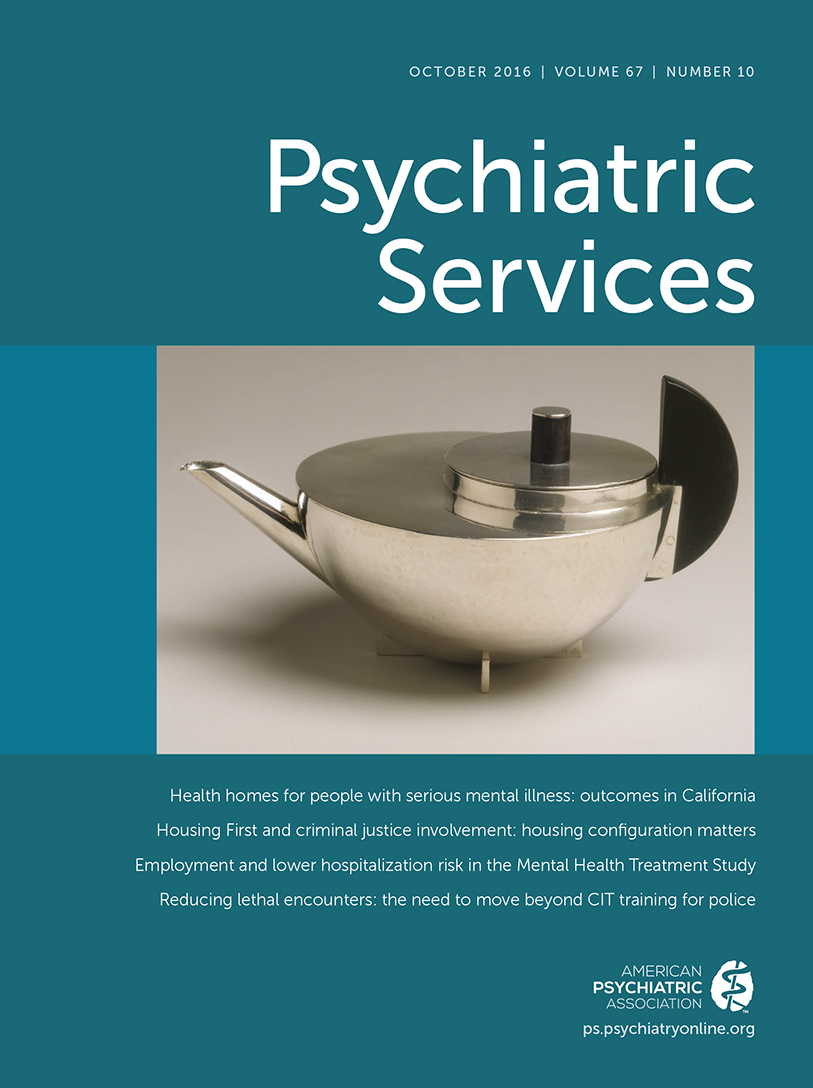A National Survey of State Medicaid Psychotropic-Monitoring Programs Targeting Youths
Abstract
Objective:
This study aimed to describe state Medicaid psychotropic-monitoring programs targeting youths.
Methods:
Key informants from each state Medicaid administration and the District of Columbia were invited to participate in a telephone-administered survey designed to assess the implementation strategies of the state psychotropic-monitoring program. Data were collected from August 2011 through December 2012. A total of 38 states participated, four declined, and nine did not respond to the invitation. Descriptive statistics were used to characterize monitoring programs.
Results:
Key informants from 28 of the 38 states (74%) reported a program in place, mostly prior authorization (68%). One-third of the programs (32%) had a two-tier review involving pharmacists and child psychiatrists.
Conclusions:
Although variability in psychotropic-monitoring programs may limit comparison of program impact across states, the variability provides an opportunity to investigate the impact of different models on best practices and the quality of care.



